On 3 August 1969, Roger De Coster finally won the Belgian Grand Prix at the Citadelle thanks to a victory in the first race and a spectacular comeback in the second race. He was riding a CZ bike, like his compatriot Joël Robert who dominated the 250cc class with two world titles in 1968 and 1969.
The Suzuki Boys
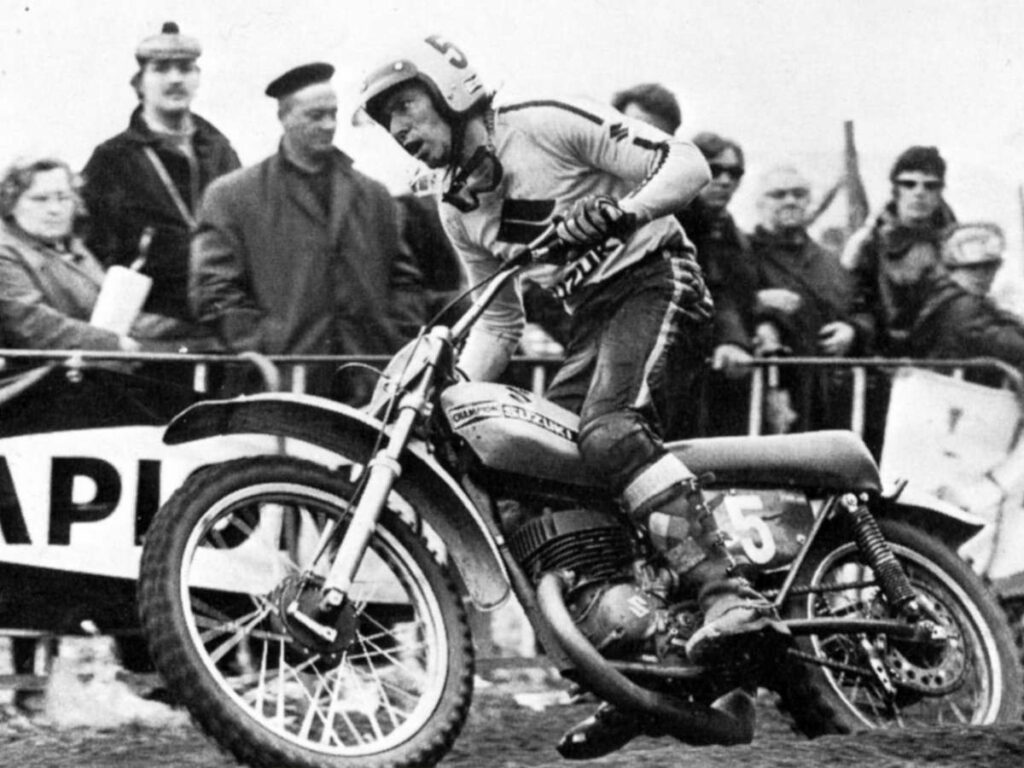
The following year, the two Belgians met again at the citadel of Namur but in competing teams. De Coster, still with a CZ, wins again thanks to an excellent start in the first race and by controlling the competition afterwards behind the talented Swedish rider Ake Jonsson. Joël Robert, together with Sylvain Geboers, joined the ambitious project of the Japanese brand Suzuki, which proposed a new approach to motocross racing. Their machines are specifically designed for racing and the riders benefit from adapted coaching. Joël Robert was invited to participate “hors classement” in the Belgian Grand Prix but he failed in his attempt in Namur.
In the shadow of Joël Robert
In 1971, Roger De Coster also joined the Japanese manufacturer. He was the first rider to win the Belgian Grand Prix three times successively. In a real team race, Joël Robert also participated in the race in the 500cc category. He provided valuable assistance to De Coster, who went on to win the world title ahead of Ake Jonsson.
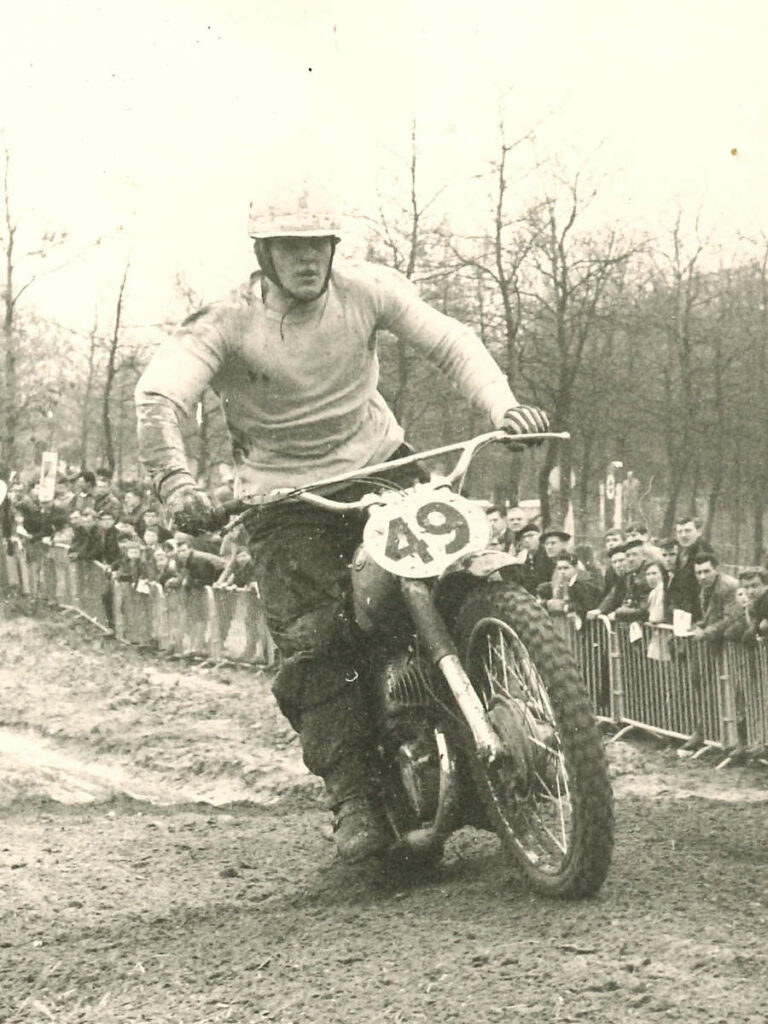
On August 6, 1972, the Suzuki – De Coster couple crushed the competition once again. They won both rounds with authority. Joel Robert did not participate in this triumph this time. He was heavily injured during the training sessions. His meniscus was seriously injured. It prevented him from continuing his series of 50 Grand Prix victories in motocross…
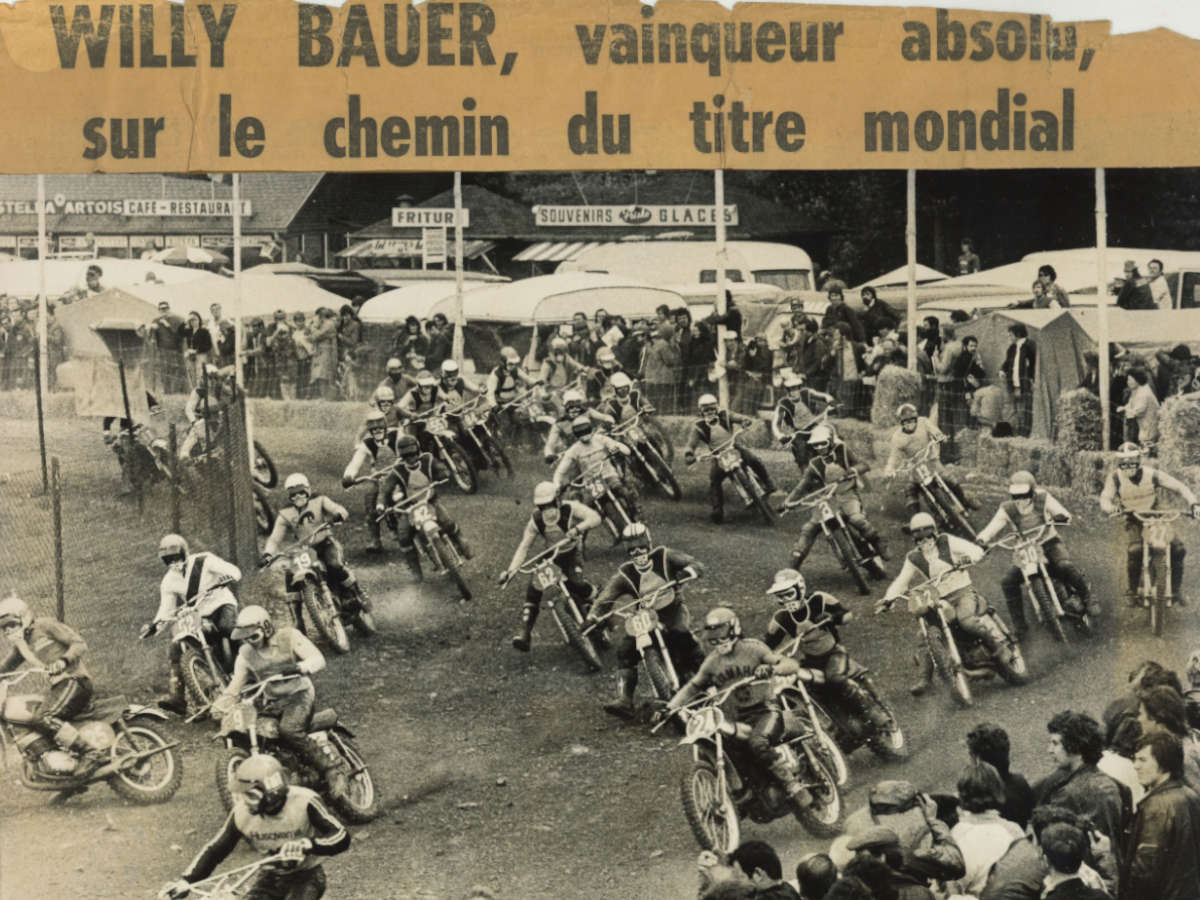
In 1973, the German Willy Bauer surprised the “king of the citadel”. With his Maïco motorbike equipped with a revolutionary suspension, he beat De Coster in both rounds in Namur. During the last Grand Prix of the season, he failed to win the world championship by two points due to a mechanical breakdown. Roger De Coster equalled the German Friedrichs by winning his third consecutive title.
It was my favorite circuit, a very special circuit, different from the rest of the world championship. It was a course with a lot of different conditions. We crossed the asphalt, there were very hard, very slippery parts with clay and humidity, sometimes it was like ice, but it’s a lot of good memories.
Roger de Coster (5 x MX WC)
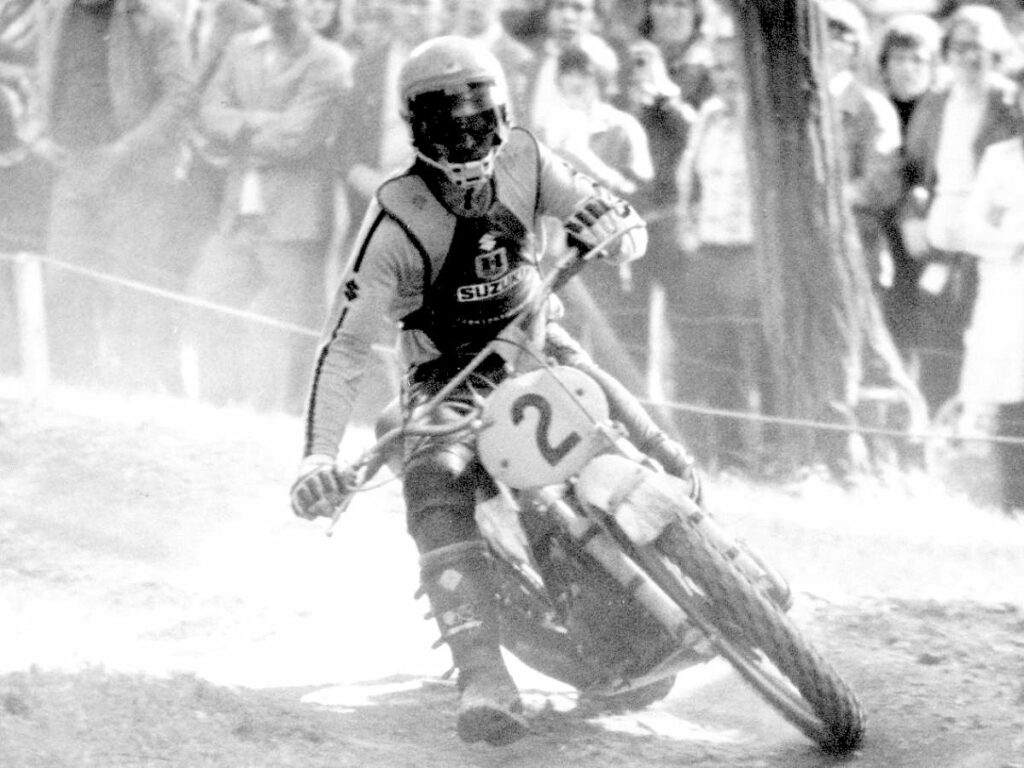
In the second half of the 1970s, the 500-motocross world championship was dominated by the duel between Roger De Coster and the Finnish Heikki Mikkola. The Belgian won the 1974 Citadel Grand Prix but was dominated by the Scandinavian rider in the first round. He lost the world championship at the Italian Grand Prix.
The grumbling of the champions
The 1975 Namur event was marked by an exceptional drought. The circuit was drowned in dust raised by the machines. Visibility was largely insufficient. The riders considered these conditions too dangerous and refused to start at the scheduled time. The fire brigade’s water tanks were called in to spray the track. Two hours late, De Coster nevertheless won. He went on to win his fourth world title, a record.
In 1976, the De Coster – Mikkola match did not take place because Mikkola had switched to the 250cc class for commercial reasons imposed by the Husqvarna factory. At the citadel, modifications were made to the circuit. Near the monument chalet, the riders had to use the Panorama road, which was covered with a temporary dirt track for the occasion. Despite a crash in the second race, Roger De Coster won for the seventh time in Namur before winning his last world title.
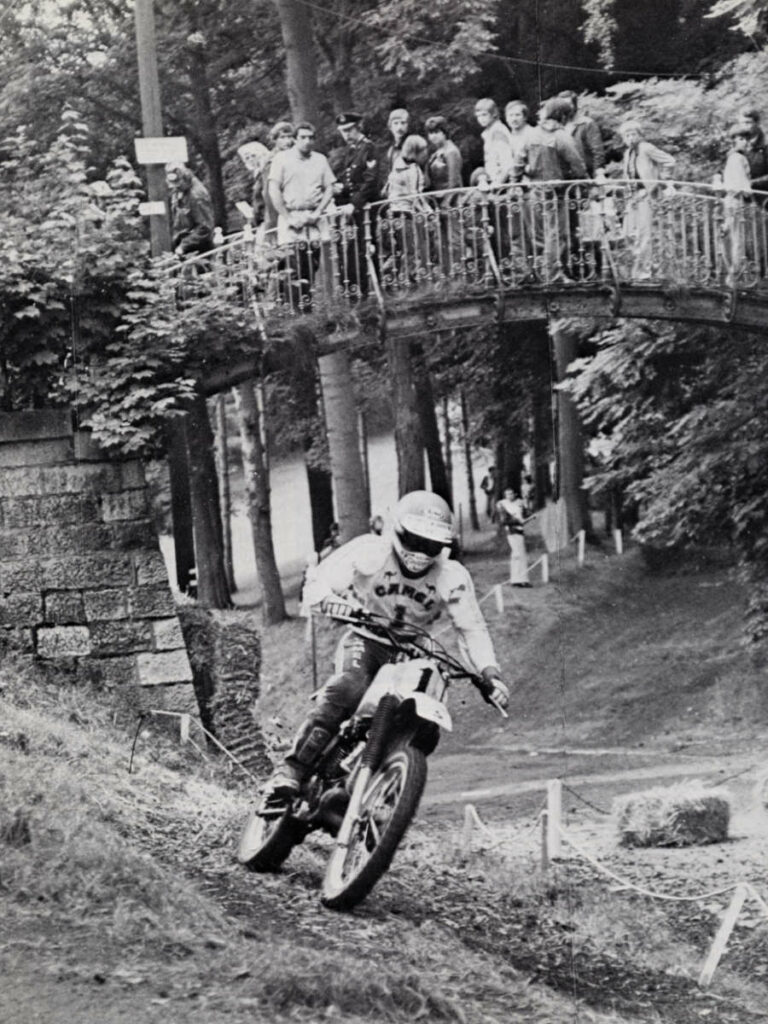
From 1977 onwards, Heikki Mikkola opted for the Yamaha factory, which decided to invest considerable resources in motocross racing. Whereas before, the teams had one mechanic for several riders, the factory now gathered several technicians around one machine. The Finnish champion benefited from this support and also cultivated an excellent physical condition and won two times in a row at the citadel. In 1977 and 1978, Roger De Coster, victim of mechanical problems, had to abandon. He also left the world crown to the Scandinavian rider.
The reign of Roger De Coster and the hegemony of Suzuki in international motocross came to an end. A new generation of riders was also emerging in a competition where financial aspects were progressively imposing themselves.

